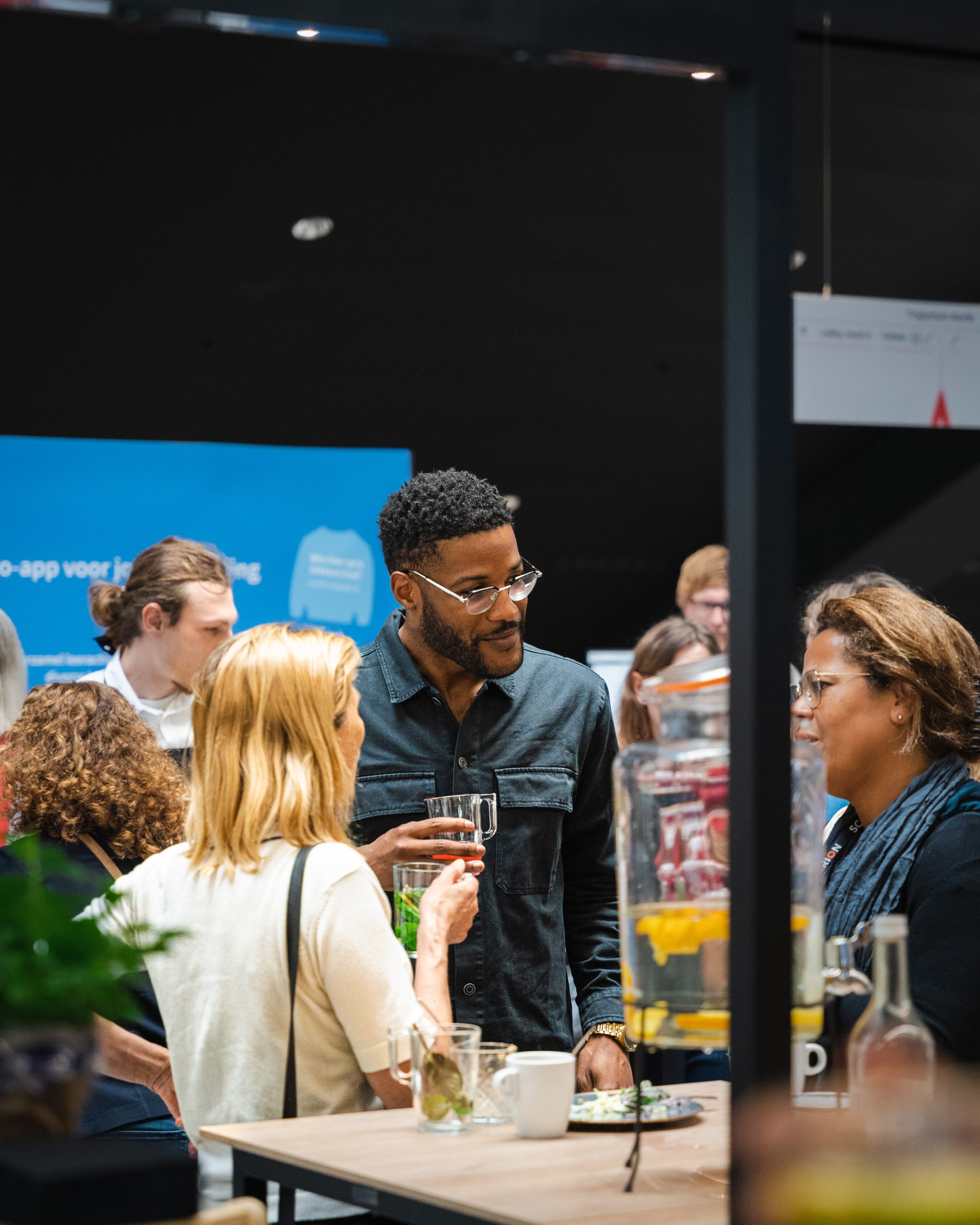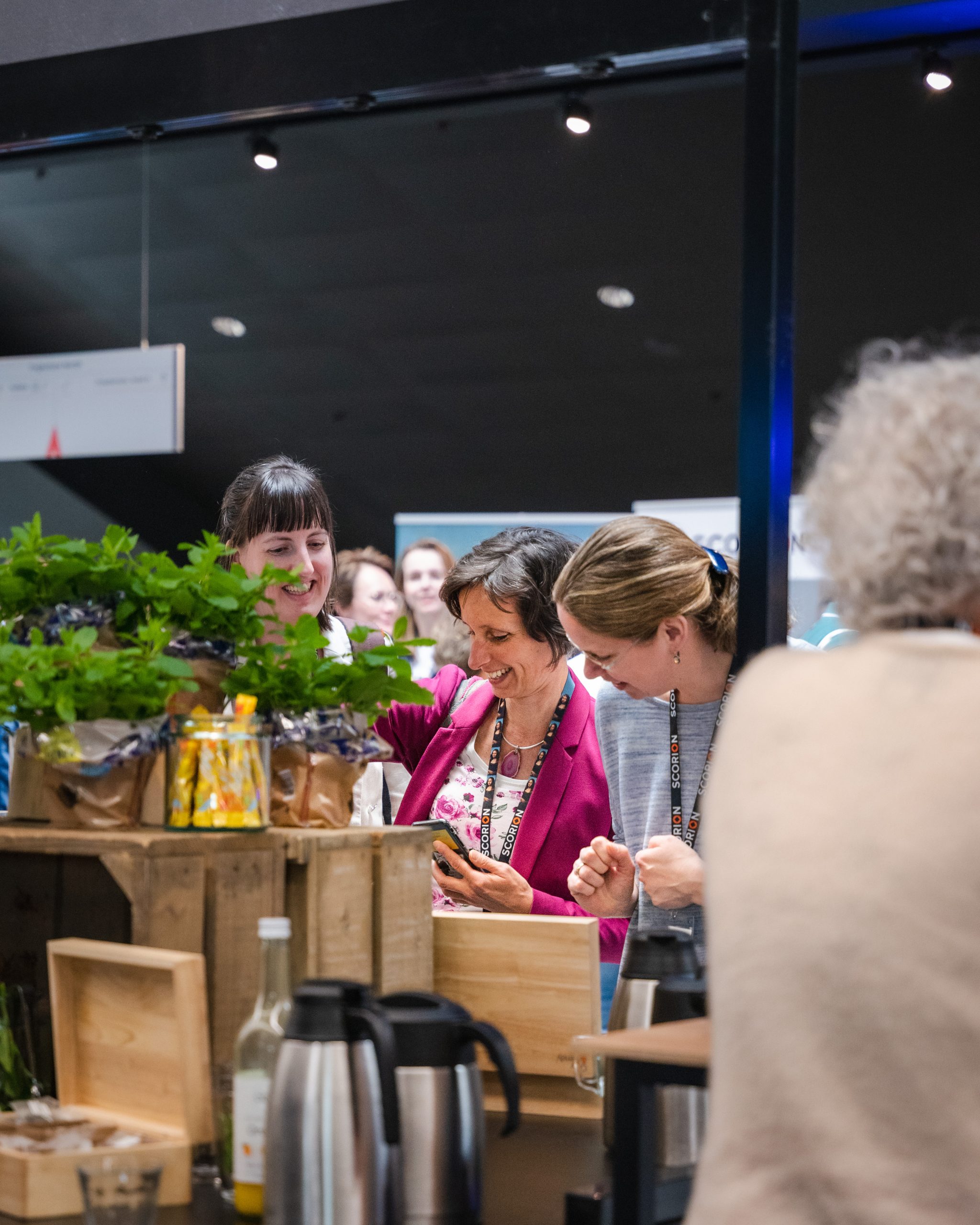Background There continues to be a disjoint between the emergence of new diagnostic technologies and venues to train new physicians on how to apply them. Next-generation sequencing (NGS) has become a very important tool for a wide range of clinical applications. Technical complexity and cost have been the major obstacles in incorporating these technologies into the classroom.
Goal for innovation We opted to use the MinION, which is a new portable DNA sequencer that can produce data in real-time at a relatively low cost, for a NGS hands-on workshop with medical students.
Steps taken We conducted a pilot NGS hands-on practical module in order to expose an interested group of medical students to this new portable sequencer device. A pre- and post-survey, using a Likert-type scale survey items and open-ended questions, evaluated participant resistance to new diagnostic tools, familiarity with NGS, and likelihood to use a portable sequencer in clinical practice.
Outcomes Prior to participating in our learning workshop, students did not understand how to incorporate NGS into clinical practice, and expressed that cost and prior training/knowledge were among the limiting factors in their likelihood to use NGS as a diagnostic tool. After participating in the module, students’ responses demonstrated a shift in their understanding of the scientific principles and applications of NGS (pre- and post-survey scores p < 0.05).
Reflection The hands-on experience not only helped students become closer to and more comfortable with NGS, but also served as a venue to discuss the science and application



